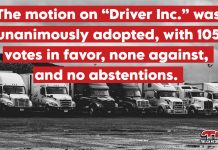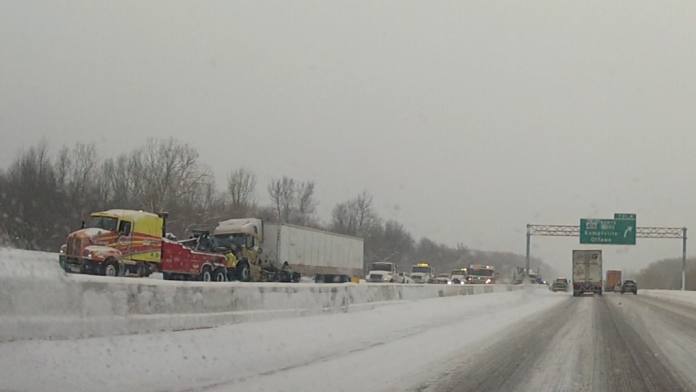Alain Bedard, CEO of TFI International, emphasizes the critical issue of driver misclassification within the trucking industry, particularly under the current economic strain. He identifies the “Driver inc.” phenomenon as a major detriment to the sector, enabling certain unscrupulous operators to unjustly seize a competitive edge.
In discussions with analysts, Bedard voiced his discontent regarding the decline in business volumes, attributing it to the exacerbated unfair competition amid a sluggish economy. He criticized the inertia in addressing this pressing issue that plagues the Canadian landscape.
The term “incorporated driver” alludes to the improper categorization of employees as independent contractors, stripping them of vital protections and social benefits. This illicit and hazardous practice deprives workers of essential rights, including workplace accident coverage, overtime compensation, paid leave, and severance benefits.
Despite Ottawa’s initiatives to tackle this challenge, industry voices demand more decisive actions to mitigate an escalating crisis that undermines company profitability and worker welfare in an already tight-margin and rigorous schedule environment.
Bedard points out the competitive advantage some companies gain from this situation without providing rightful benefits to their drivers, a predicament expected to continue absent significant governmental interventions from Ottawa, Quebec, or Toronto.
The Ministry of Labour has adopted an educational strategy aimed at eradicating these abusive practices, with warnings that employers who repeatedly offend will face penalties. The Quebec trucking association (Association du Camionnage du Québec – ACQ) has proposed legislative changes and engaged with officials to underscore the substantial financial impact of this issue on government revenues.
Investigations have exposed a considerable underreporting of driver incomes, highlighting the widespread issue of misclassification. While authorities have intensified inspections and penalties in specific regions, there’s a growing call for stiffer penalties to discourage these unfair practices, especially those affecting newcomers to Canada.
Fiscal measures have been introduced to bolster worker protection and combat misclassification, alongside Canada Revenue Agency’s educational campaigns focused on the tax practices of “personal service corporations,” aiming to inform future compliance efforts.

























